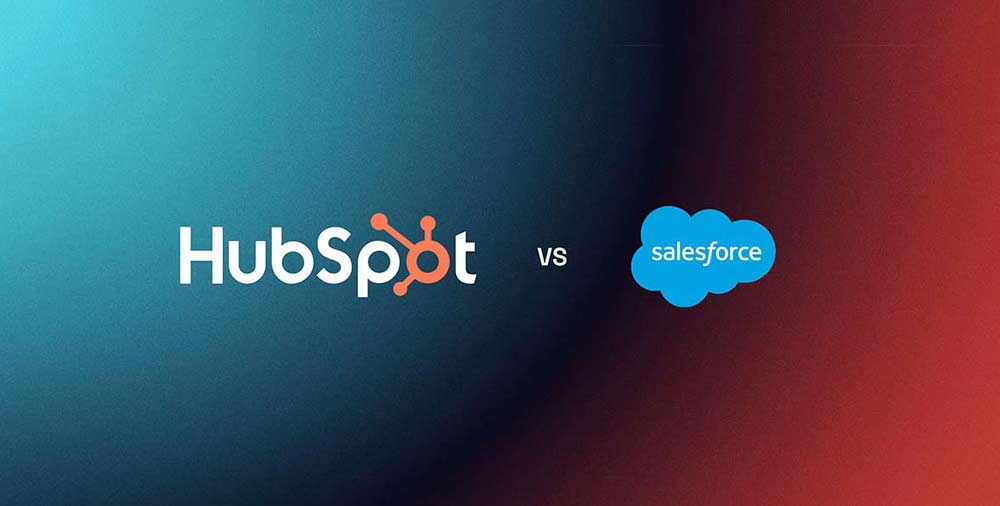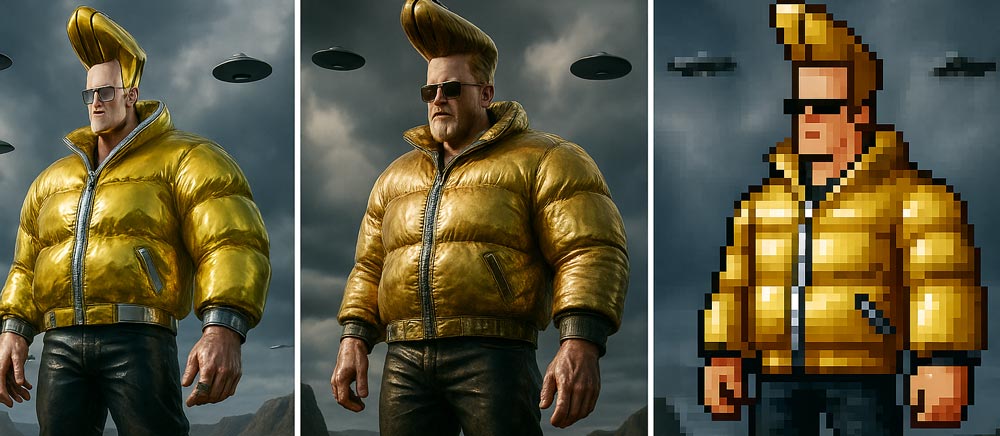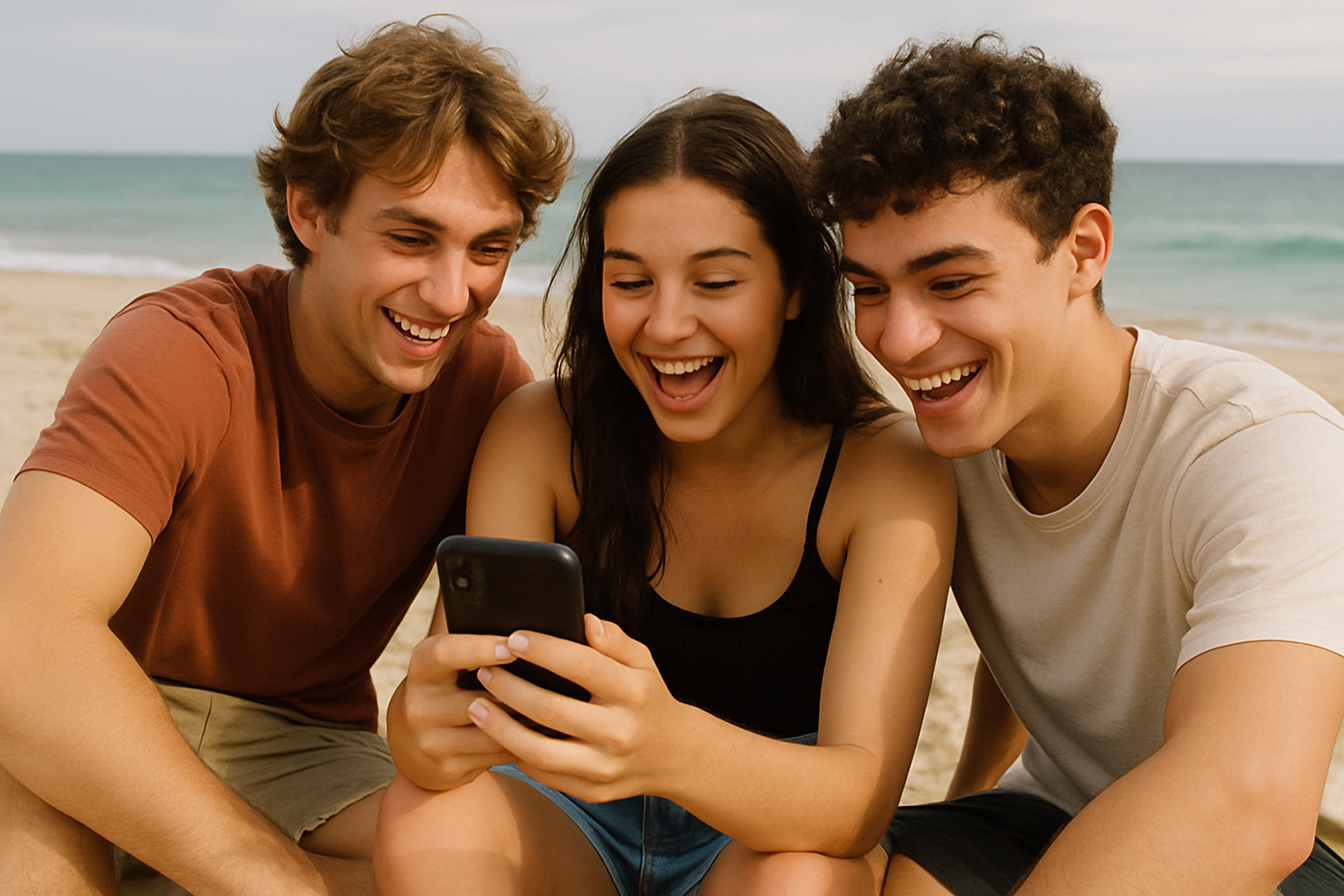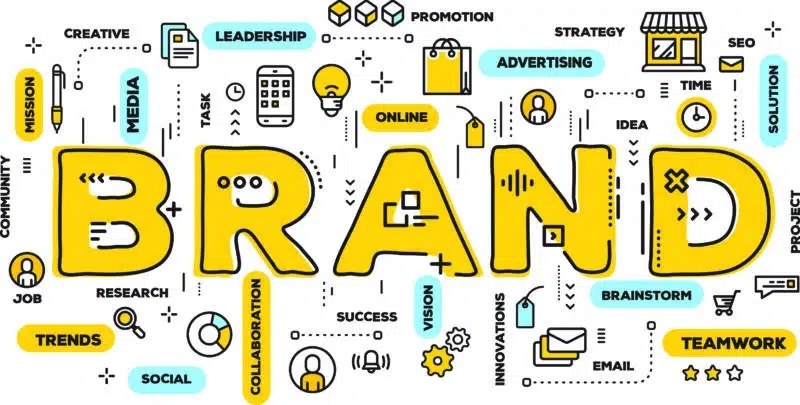The rise of Xania Monet, the first AI-generated music artist to sign a multimillion-dollar record deal, marks a watershed moment for the music industry, stirring up debate about creativity, ownership and the meaning of artistry...
From the blog


Data Driven Marketing, HubSpot, CRM, Marketing Operations, Unified Data
From Data Chaos to Clarity with HubSpot’s Data Studio
In today’s data-driven world, marketing and operations teams face constant pressure to make faster, smarter decisions. But too often, valuable data sits in silos - spread across spreadsheets, systems, and departments that don’t...
·
2 mins read

·
5 mins read

·
9 mins read

·
4 mins read

·
4 mins read